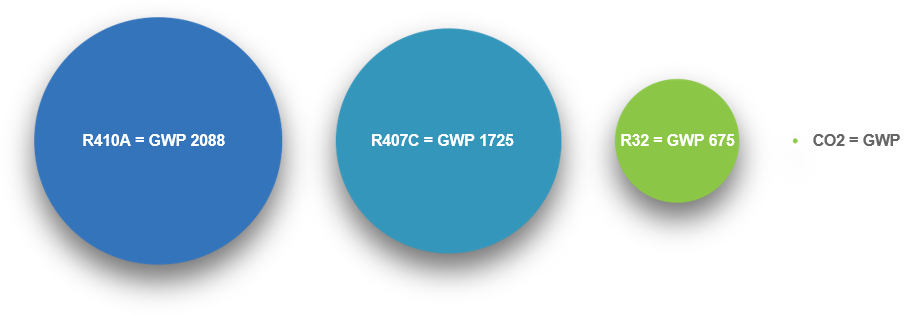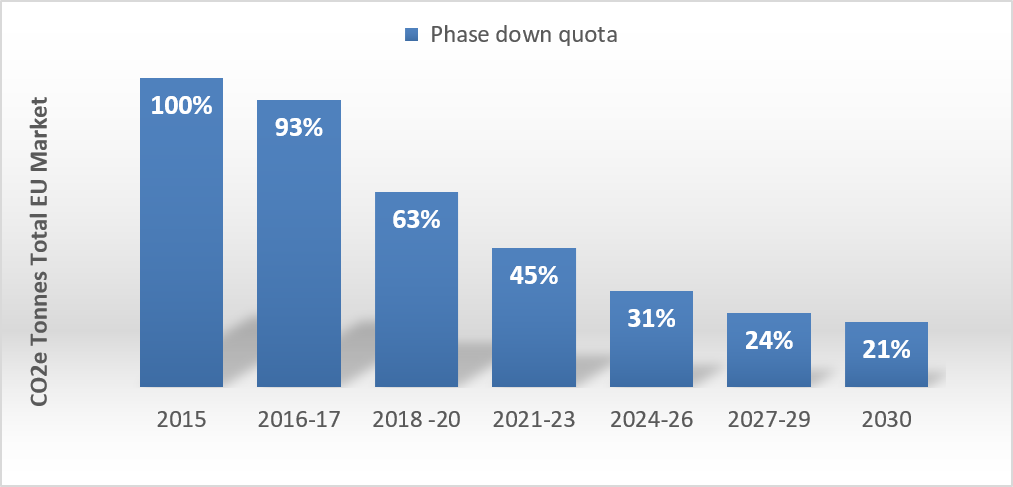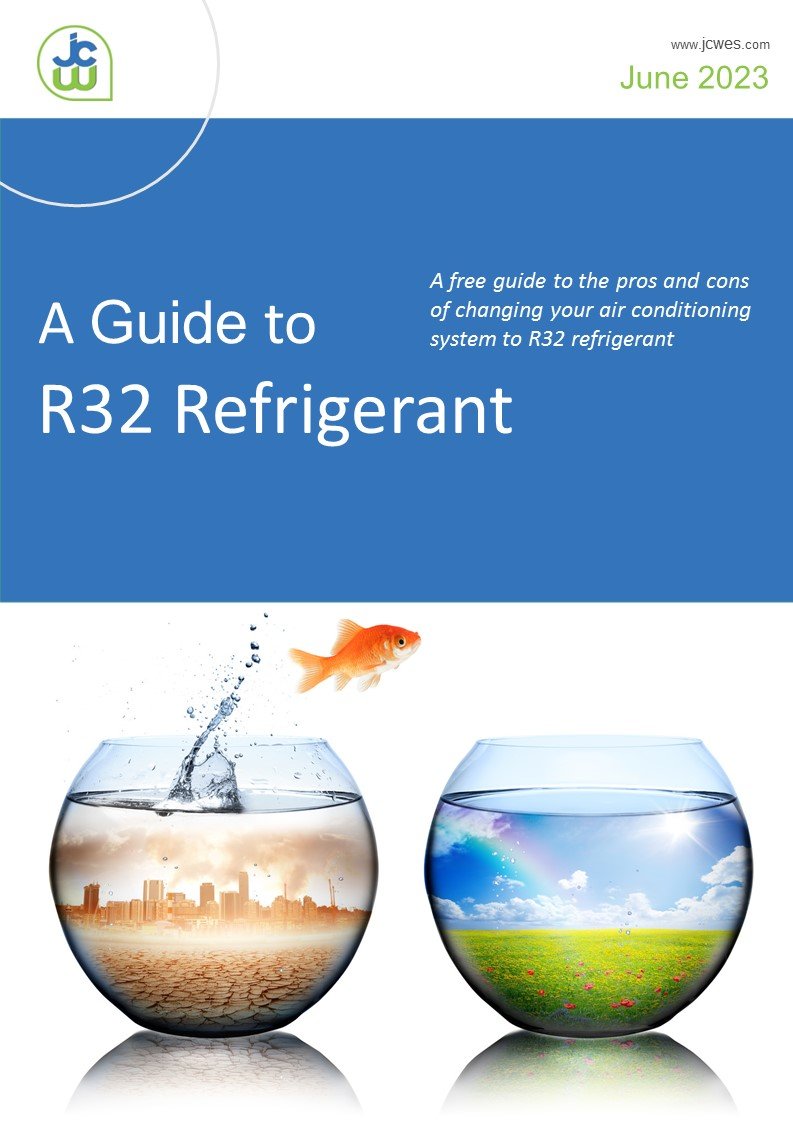R32 Refrigerant
/R32 Refrigerant | The Pros and Cons
In our recent blog - Should you change to R32 Refrigerant? - we looked at the legislation surrounding fluorinated greenhouse gases (F-gas), which includes the phasing out of HFC’s and why, with the rising costs of R410A and R407C, more and more of our clients are considering the more energy efficient, cheaper and environmentally friendlier alternative R32.
We are all very aware of the negative impact HFC’s have and it would make both financial sense and environmental sense to plan your move over to R32 refrigerant. But first, you should really look into the pros and cons, as it would appear that R32 may not be suitable for all building and system types - quite yet.
In this blog we take a brief look at the pros and cons of R32:
The Pros of R32 Refrigerant
Lower Global Warming Potential: In fact R32 has a GWP two thirds less than R410A, which means a far lower harmful effect on the atmosphere.
Cheaper Refrigerant: The cost of R407C and R410A has sky rocketed over the last year or so and R32 refrigerant is now 70% cheaper per kilogramme than it’s predecessors.
Energy Efficiency: Systems that run on R32 require approximately a quarter less charge compared to air conditioning systems run on R410A, this means the same volume of the cheaper gas will also last far longer.
The Enhanced Capital Allowance (ECA): Many R32 systems, with their enhanced energy efficiency are eligible for this scheme which allows businesses to claim 100% of the first year capital allowance on investments into these systems.
Manufacturer Investment: Manufacturers are understandably choosing not to update the older R410A units and are instead investing heavily into new R32 technology. This means these air conditioning systems will become even more state of the art, with a far greater choice of style, efficiency and size.
The Cons of R32 Refrigerant
Flammability: Although R32 has a ‘lower than low’ flammability rating, it is still flammable under very particular conditions and additional safety considerations need to be taken into account.
System Restrictions: The R32 system choice is ever increasing, but there is still a limited range and generally R32 air conditioning systems are mainly considered for retail units and smaller offices. However, with the introduction of Mitsubishi’s R32 Hybrid VRF and with other manufacturers hot on their heels, the choice will soon widen.
GWP Still Not Low Enough: R32 has a far lower GWP as previously mentioned, however, it is still not considered a long term solution as F Gas Regulations have a strict phase down target heading into 2030.
What is the Answer?
Should you change to R32 refrigerant? Although R32 systems are efficient, have a low toxicity and cost compared to other systems, the flammability and fact that the GWP is still not low enough means that these are not necessarily a long-term solution.
However, it might be fair to say that R32 systems, in certain premises, is as perfect a system as you will find currently.
It is recommended that before you make any decision with regard to which system is right for your premises, you have a site survey carried out by a qualified engineer. If you would like to know if R32 refrigerant can work for you, contact us to arrange an appointment.
If you would like to read more detail about the Pros and Cons of R32 Refrigerant, you can download our eBook - A Guide to R32 Refrigerant by clicking here.
















